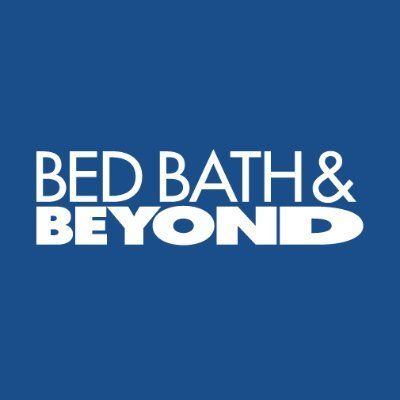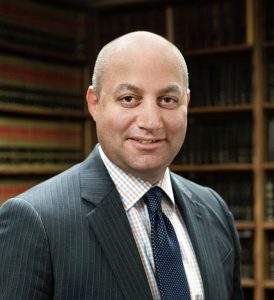Gustavo Arnal, 52, the chief financial officer of Bed Bath & Beyond Inc fell to his death from New York’s Tribeca skyscraper known as the “Jenga” tower on Friday afternoon. He joined the company in 2020 and according to his LinkedIn profile, he formerly served as CFO for cosmetics company Avon in London and spent 20 years with Procter & Gamble.
The company long seen as a “category killer” in home and bath products, has seen its fortunes dwindle following an attempt to sell more of its own brand, or private-label goods.
Also Read| Bed Bath & Beyond CFO Gustavo Arnal falls to death from his Manhattan apartment
The Union, New Jersey-based home products retailer announced plans to shut around 150 of its namesake outlets and reduce its staff by 20%, last week. It is projected that the reductions will save the corporation $250 million in the current fiscal year. It also said that it is planning to sell more shares to shore up its finances and that it has secured more than $500 million in fresh funding.
As of May, the company operated 955 shops, including 769 Bed Bath & Beyond outlets, 135 buybuy Baby stores, and 51 Harmon, Harmon Face Values, or Face Values stores. It had around 32,000 employees as of February.
Also Read| Bed Bath & Beyond CFO Gustavo Arnal death: Age, family, and net worth
As the organisation approaches the key holiday buying season, time is of importance. It forecasted a 26% drop in comparable sales for its fiscal second quarter, which ended on Saturday. It spent $325 million in cash during the quarter.
Warren Eisenberg and Leonard Feinstein founded Bed Bath & Beyond in 1971 in New Jersey. The pair had worked in management at Arlans, a local discount brand, and recognised room for expansion in the bed and bath categories. The company grew to 17 sites in the 1970s, largely in the greater New York region and California.
Also read: Who was Gustavo Arnal?
The business introduced the superstore concept, a 20,000-square-foot store that would serve as the model for the modern Bed Bath & Beyond store. This new huge store included a diverse range of brands and items in practically every colour and style, distinguishing it from department stores at the time, which typically had a restricted selection of special collections.
Its innovative store concept, which effectively organised product categories and strategically positioned impulsive purchases near the register, was especially favourable to high sales. Sales had reached $134 million by 1991. In June 1992, Bed Bath & Beyond filed for an initial public offering (IPO). Its revenues topped $1 billion in 1999.
Also Read| Bed Bath & Beyond CEO Mark Tritton out, to be replaced by Sue Gove on interim basis
In recent years, however, shoppers have shifted to rival retailers and the novelty of Bed Bath & Beyond’s popular coupons has gone because buyers can readily find low pricing on Amazon and other websites. Bed Bath & Beyond shares, which have become volatile in recent years, plunged nearly 20% this week.
Bed Bath & Beyond has recently seen a lot of volatility. Its stock rose from $5.77 to $23.08 in less than two weeks in August, oddly similar to last year’s meme-stock frenzy, when out-of-favour firms became favourites of smaller-pocketed investors.
Also Read| The 2008 market crash: Inside the doomsday machine and a brief history
However, the shares plummeted after investor and activist Ryan Cohen, the billionaire co-founder of online pet store Chewy Inc., liquidated his entire position in the business. Cohen bought roughly 10% of Bed Bath & Beyond in March, giving investors confidence that he might turn around the company’s finances.
While it’s difficult to pin a business’ failure on a single factor, customers and investors have repeatedly slammed Bed Bath & Beyond for its congested outlets, claiming that it was too late to adopt e-commerce. The company created a successful business, but it was vulnerable to lower-cost competitors, particularly in the era of e-commerce. As of September 4, 2022 market capitalisation of the company stands at $690.034 million.







